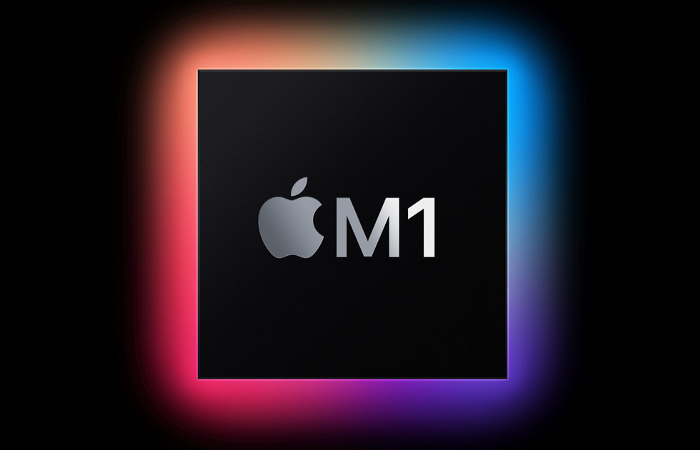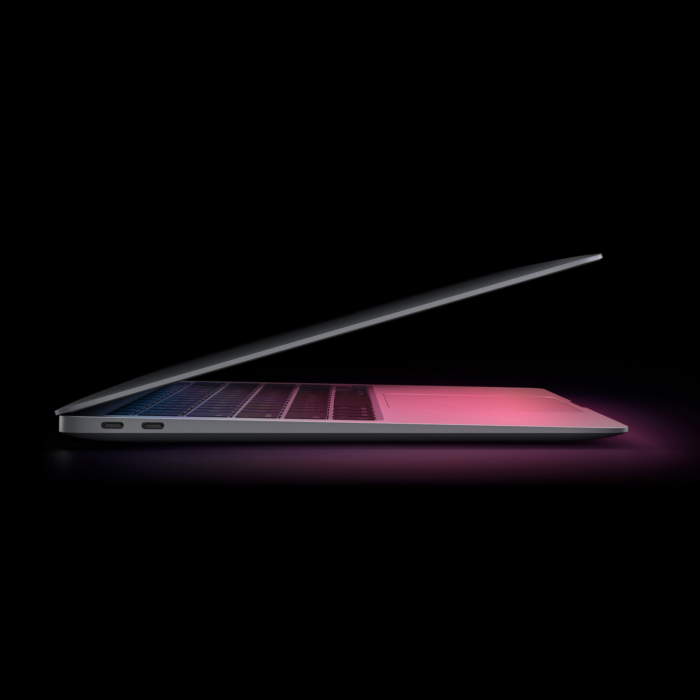A new processor that is not exactly hype
The Translation Bureau is a subordinate translation team, focusing on science and technology, business, workplace, life and other fields, focusing on introducing new foreign technologies, new perspectives, and new trends.
Editor’s note: New computing devices appear to be endless, but in terms of core processors, the choices are actually quite limited. So in the past few years, you will find that those so-called new PCs or notebooks are not much different from the equipment you have. And equipment manufacturers are also forced to be constrained by the roadmap of processor manufacturers. But this Tuesday Apple launched a new device with its own processor M1, and the desktop machine may usher in a new era. Owen Williams analyzed the importance and applicability of the new Mac. The original title is: It’s Impossible to Overstate What a Big Deal the New Macs Are
Key points:
Apple’s processor performance is strong, so it can control its own destiny
But the risks and investments involved in switching processor architectures should not be underestimated
The first batch of new Macs are suitable for ordinary users’ ordinary applications, and professional users are better to wait.
In the past few years, whenever you have paid attention to the laptop market, you probably have noticed that those new laptops are no different from the laptops you are using. The speed leap often brought about by upgrading to a new device is never gone.
But after Apple’s blockbuster release on Tuesday, the situation has just changed: Just like what it did with the iPhone and iPad, Apple designed its own processor for its Mac. Now you can buy laptops with these new processors. A move like this is unprecedented, and almost impossible to achieve, but Apple makes it look like a piece of cake.
The M1 processor that supports the new MacBook Air, MacBook Pro 13” and the upgraded Mac Mini is the first processor designed by Apple itself. Through its own design of chips, Apple claims to be able to make the computer lastIt takes up to 20 hours to achieve a huge performance leap, and things like on-chip machine learning optimization that are difficult for competitors to match.
But the risks and investments involved in switching processor architectures should not be underestimated.
It has other benefits: iOS and iPadOS apps will be able to run on the Mac for the first time, so that users can use millions of apps in the Apple App Store that have not yet entered the desktop. This will greatly (and immediately) expand the number of software that the Mac can support, and add games such as “Among Us” that the Mac did not have before to your desktop.
In the past ten years, if you want to buy a computer, there may only be two companies to choose from: Intel or AMD. This means that people from computer manufacturers such as Apple, Microsoft, and Huawei have to rely on these two companies to provide the “brains” of their equipment.
By switching to its own internal processor based on the ARM architecture, Apple can get out of the predicament: it is no longer subject to a roadmap that is not within its control. Instead, it chooses to determine its own destiny and invests funds in improved research and development, which alone can benefit Apple.
The risks and investments involved in switching processor architectures should not be underestimated. Switching from x86-based architectures (such as those used by AMD and Intel, which have provided support for most computers for decades) to Apple’s own, means that all macOS developers must make changes to their applications. To ensure that they work properly on these new devices.
x86 and ARM use different instruction set, which means they speak different languages. Developers must modify their own code so that the ARM processor canCan interpret this language and run your favorite applications. In some cases, this process requires a lot of operations. You will notice this when you start it, and Google Chrome, Photoshop, and many other popular applications have not yet upgraded their code.
But Apple is confident in this transition, because it has set up a special translation layer, Rosetta 2, through this translation layer, applications that have not been updated for the new processor can still run, but it will affect performance. influences. This means that developers of existing applications should be encouraged to update their code so that they can run normally on ARM devices, otherwise users may start looking for alternatives. Hope they can make changes soon.
In contrast, Microsoft has released ARM-based notebooks, such as Surface Pro X, but its translation layer is more rudimentary, and it is not applicable to all applications. Unless you know what’s going on in the background, it will cause a messy experience, and it will be difficult for you to recommend these new devices to most people. I wrote an article in March when I said that Surface Pro X should scare Apple, but the fact is that Microsoft should be worried about how fast Apple is transitioning to ARM.
However, it may be more difficult to recommend this first batch of new Macs to web developers, because thousands of packages (including some popular packages, such as node-gyp and Docker) need to be updated to start. And run numerous existing web projects. Development work may have to be temporarily interrupted, because there is a lot of complexity that these developers need to deal with. That’s why Apple focused so much attention on entry-level machines for everyday users at the launch event on Tuesday: it did not introduce the M1 chip to more formal machines (such as 16 Inch MacBook Pro or iMac). Apple hopes that everyday users who are used to send emails, edit photos, or use Keynote to send messages can get in the car first.
All these are the reasons why Apple was so impressive at Tuesday’s M1 processor conference: these are often the most difficult users to please, because they neither know why it’s wrong nor really understand the different treatments. The real meaning of the difference between the devices. Apple is committed to let macOS solve this problem for you, which means that these users do not need to understand or care about this.
Despite such huge changes in the underlying architecture, it is easy to recommend these devices to ordinary users, such as my partner’s parents, who bought the new MacBook Air shortly after the Apple conference. When recommending the new Air to them, I don’t need to explain the trade-offs for unavailable apps—it’s the obvious choice.
Now, Apple hasWith the equipment with its own processor, the long transition period to get rid of Intel can begin, and we should start to see Macs being updated regularly year after year, getting improvements like the iPhone. Moreover, unlike everyone else in this industry, Apple does not need to rely on Intel, it can do its own thing.
Translator: boxi.

